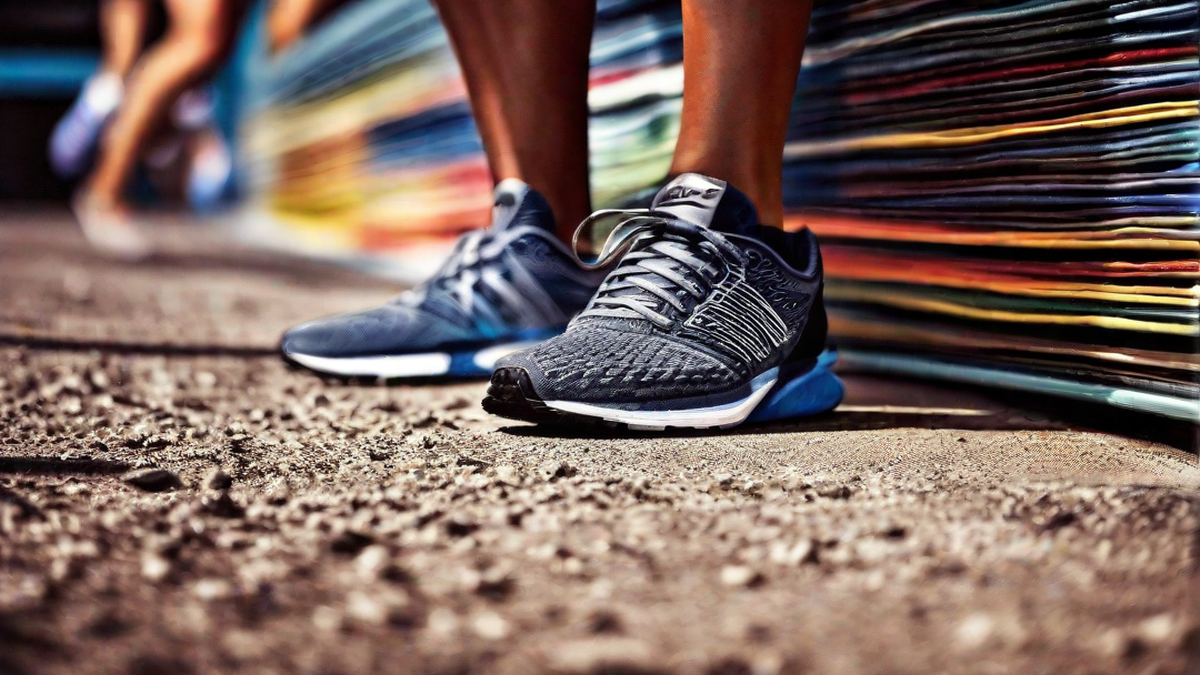When it comes to running shoes, there is a wide range of options available in the market. One of the key factors to consider while choosing the right running shoe is the amount of cushioning it provides. As a runner myself, I understand the importance of finding the perfect balance between cushioning and support. In this article, I will delve deep into the topic of how much cushion is ideal for running shoes and share my personal experiences and insights.
The Importance of Cushioning
Before we dive into the specifics, let’s talk about why cushioning is important in running shoes. When we run, our body absorbs a significant amount of impact with each stride. The cushioning in running shoes helps to mitigate this impact, reducing the stress on our joints, muscles, and bones. It acts as a protective barrier, allowing for a more comfortable and injury-free running experience.
Furthermore, cushioning plays a vital role in shock absorption. It helps to distribute the forces of impact evenly, preventing excessive strain on any particular area of the foot. This is especially crucial for runners who frequently cover long distances or participate in high-intensity workouts.
Finding the Optimal Cushioning Level
While it may be tempting to assume that more cushioning equates to better comfort, that is not always the case. The optimal amount of cushioning for running shoes varies from person to person, depending on various factors such as body weight, running style, and personal preference.
If you are a beginner or someone who prefers a softer feel while running, shoes with ample cushioning can provide a sense of comfort and protection. They are particularly beneficial for runners with a heavier body weight, as they help to absorb more impact.
On the other hand, if you are an experienced runner or have a lighter body weight, you may prefer shoes with less cushioning. Minimalist shoes or those with a lower stack height allow for a more natural running experience, promoting better ground contact and responsiveness. However, it’s essential to gradually transition into minimalist shoes to avoid potential injuries.
Ultimately, finding the optimal cushioning level requires experimentation. It’s recommended to visit a specialty running store where experts can analyze your gait and foot strike pattern to recommend the most suitable cushioning level for your specific needs.
Choosing the Right Shoe
When selecting running shoes, it’s crucial to consider not only the cushioning but also other factors such as stability, flexibility, and fit. These factors work together to provide a comfortable and supportive running experience.
Additionally, it’s important to keep in mind that running shoes have a lifespan. Over time, the cushioning will compress and lose its effectiveness. On average, running shoes should be replaced every 300-500 miles or every six months, depending on how frequently you run.
In Conclusion
As a passionate runner, I understand the importance of having the right amount of cushioning in running shoes. It can make a significant difference in both comfort and performance. While the ideal cushioning level varies from person to person, investing time in finding the right shoe with the appropriate cushioning can enhance your running experience and prevent potential injuries. Remember, it’s all about finding the perfect balance between comfort and support to optimize your running journey.

